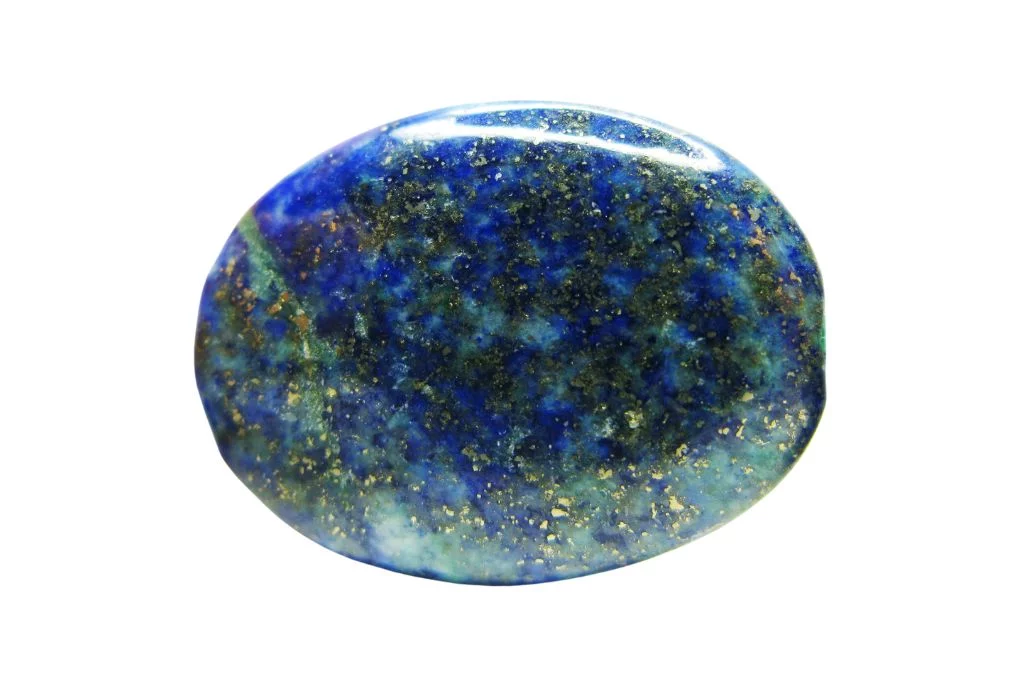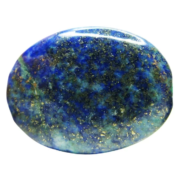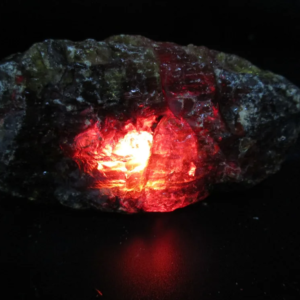Lazurite stone
Lazurite is a deep blue silicate mineral that is the primary component of the famous gemstone lapis lazuli, prized for its striking color and historical significance. It has been cherished for millennia as a gemstone, pigment source, and decorative material.

Key Characteristics:
- Appearance:
- Color: Ranges from vivid royal blue to lighter shades, often with white streaks (calcite) or golden flecks (pyrite).
- Texture: Usually opaque with a vitreous to dull luster.
- Composition:
- A feldspathoid silicate mineral containing sulfur, sodium, and aluminum.
- Formula: (Na,Ca)₈[AlSiO₄]₆(S,SO₄,Cl)₂.
- Formation:
- Found in metamorphic rocks, especially in limestone deposits that have been altered by contact with magma.
- Notable sources include Afghanistan, Russia, and Chile.
- Historical and Cultural Significance:
- Used since ancient times in jewelry, carvings, and as a pigment for ultramarine paint (especially during the Renaissance).
- Associated with royalty, spirituality, and creativity in various cultures.
- Uses:
- Jewelry: Often cut into cabochons, beads, or inlays for necklaces, bracelets, and rings.
- Pigment: Historically ground into powder for the creation of the ultramarine pigment in art.
- Decorative Items: Sculptures, inlays, and ornamental objects.
- Hardness and Care:
- Hardness: 5–6 on the Mohs scale, making it relatively soft compared to other gemstones.
- Care Tips:
- Avoid exposure to acids, harsh chemicals, and prolonged water immersion.
- Clean gently with a soft, damp cloth and avoid ultrasonic cleaners.
Would you like details about lapis lazuli jewelry, symbolism, or crafting with lazurite?


Leave a Reply
Want to join the discussion?Feel free to contribute!